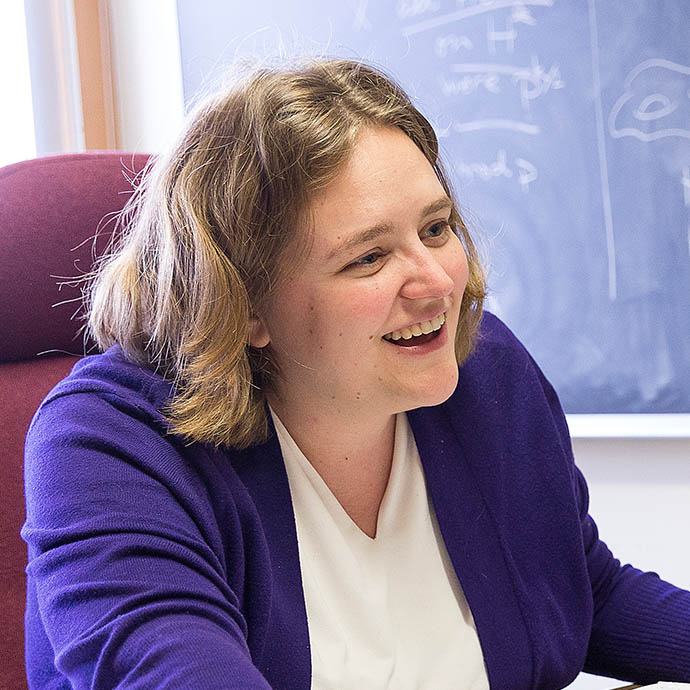My research tackles some of the oldest unsolved mysteries of mathematics. In ancient Greece, Diophantus asked how many integral solutions equations have (for example, one integral solution to y^2=x^3+3x+5 is x=4, y=9). My research group works on such questions by exploiting a connection between the number of solutions to equations and the geometry of the shapes they define. In order to count integral solutions, we first count solutions in finite number systems. This work helps elucidate the structures underlying the encryption algorithms that protect all of our data online. Through our research we aim to answer questions Gauss asked 200 years ago about how numbers factor, not only into integers such as 6=2×3 but also into more complicated numbers such as 6=(√7-1)x(√7+1). We use a probabilistic approach to the seemingly deterministic question of how integers factor, with the aim of showing that mysterious microlevel algebraic structures aggregate into clear global patterns of factorization.
Awards and Achievements
- AWM-Microsoft Research Prize in Algebra and Number Theory
- NSF CAREER Grant
- Sloan Research Fellowship
- Fellow of the American Mathematical Society
